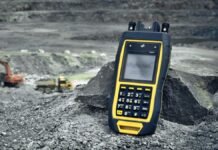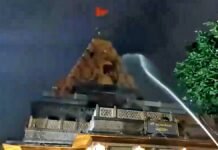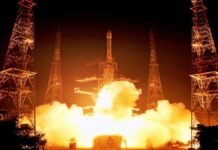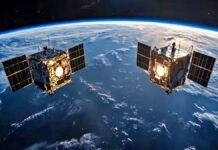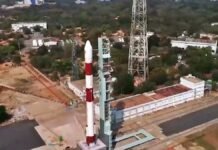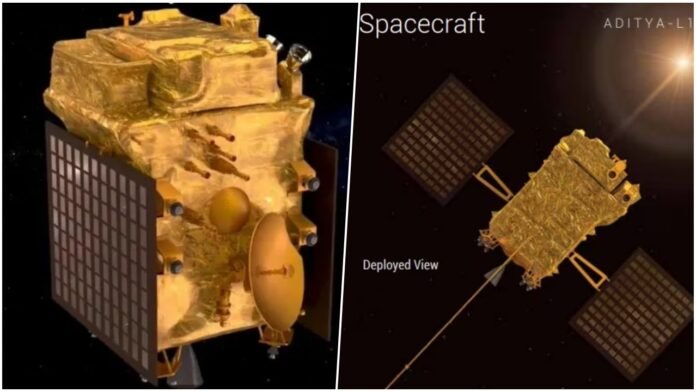
Sriharikota: India will launch its first Sun mission Aditya L1 today, Saturday (September 2), using its reliable rocket PSLV. The mission will study the Sun from a distance of 1.5 million kilometers at a point called Lagrangian-1 (L1).
The Indian Space Research Organization (ISRO) said that the countdown for the launch of Aditya L1 by PSLV C57 rocket started at 11.10 pm on Friday. The launch will take place at 11:50 a.m. on Saturday from the second launch pad of the space center in Sriharikota.
The mission comes soon after India made history by landing on the Moon’s south pole region with Chandrayaan-3 on August 23. ISRO Chairman S Somnath said it would take 125 days for Aditya L1 to reach L1.
Aditya L1 will observe the solar wind and the Sun’s corona, which is the outer layer of the Sun. The corona is hotter than the Sun’s surface and causes many explosive events that release vast amounts of energy into the solar system. These events can affect spacecraft and communication systems on Earth, so it is important to warn them in advance.
ISRO said that studying the Sun can also help us learn more about our galaxy and other stars. There are five points between the Sun and Earth where the gravity of both bodies is balanced, and L1 is one of them. The satellite will orbit around L1 and will have a clear view of the Sun without any obstruction.
The spacecraft will carry seven instruments, four of which will look directly at the Sun and three of which will study the particles and fields at L1. It will be launched by a powerful version of PSLV called PSLV-XL, which was also used for Chandrayaan-1 and Mars Orbiter Mission.
After the launch, Aditya L1 will be placed in a low Earth orbit and then gradually moved to a more elliptical orbit. Then it will use its propulsion system to reach L1 and exit the Earth’s gravity. After that, it will enter a large halo orbit around L1.

The instruments on Aditya L1 will provide important information about the Sun’s corona, solar flares, solar quakes, coronal mass ejections (CMEs), and space weather effects. The main instrument, called Visible Emission Line Coronagraph (VELC), will send 1,440 images per day to a ground station for analysis. ISRO developed VELC in collaboration with the Indian Institute of Astrophysics (IIA).’











